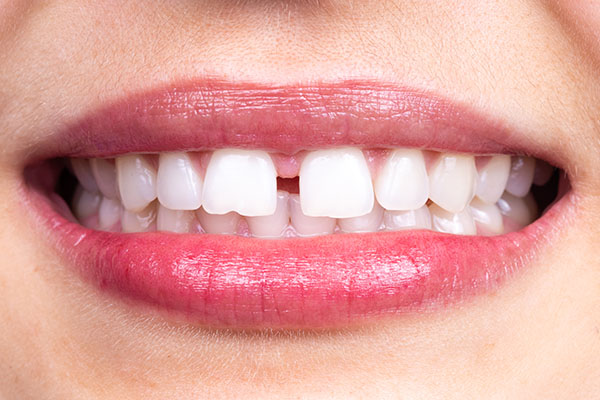5 Popular Ways to Replace Missing Teeth

We need every one of our teeth. We need a full set of teeth to chew and talk without struggling. Having all your teeth is also important for a great smile.
Replacing missing teeth
Luckily, the dentist can replace your teeth using one of several tooth replacements. Here are a few options that you should consider if you have missing teeth.
1. Dentures
Full or partial dentures are widely used by people who have lost many or most of their teeth. They are made of three parts:
- The base, which resembles a person’s gums and is used to anchor the false teeth and the framework that holds the dentures in place
- The false teeth, which are made of acrylic or porcelain
- The framework, which is made of acrylic or nylon
The most common types of dentures are the removable ones. They are worn during the day and removed at bedtime. A person who wears dentures has to maintain a strict cleaning routine to keep the dentures free from harmful bacteria.
Because they are not fixed in place, removable dentures can become ill-fitting with time.
2. Dental bridges
A dentist will recommend a dental bridge to a patient who has a gap that is made up of one or more missing teeth. To hold it in place, a dental bridge is bonded onto the teeth that flank the gap made by the missing teeth. These teeth are typically covered with crowns.
The process of placing a dental bridge usually takes two or more visits to the dentist. During the first visit, the adjacent teeth are roughened in order to prepare them for the placement of the bridge.
The dentist also takes a mold of the mouth and sends it to a dental lab where it is used to create the dental bridge. Lastly, the dentist places a temporary covering on the prepared teeth. The covering protects the teeth until the second visit.
During the second visit, the dentist places the bridge in the gap by bonding its frame onto the adjacent teeth.
3. Implant-supported crowns
Dental implants provide a permanent way to replace missing teeth. They are placed in the jaw, where they stimulate the regeneration of the jawbone. They also provide firm support for artificial teeth.
Implant-supported crowns are an example of permanent artificial teeth. They look and work just like natural teeth. They also last just as long.
4. Overdentures
These are also known as implant-supported dentures. They are an improvement on traditional dentures since they do not slip off when a person chews or talks. Implant-supported dentures are held in place by dental implants placed in the jaw.
Dental implants have connectors known as abutments, on which full dentures are usually anchored. If a person needs partial dentures instead, the dentist will place crowns on the dental implants and attach the partial dentures to the crowns.
5. Implant-supported bridges
They are a better, more stable version of traditional bridges because they are attached to implant-supported crowns. This means that a dentist does not have to file off a layer of enamel from healthy teeth in preparation for the bridge.
Get your smile back with a tooth replacement
A dentist will come up with a tailor-made treatment, depending on the number and position of your missing teeth. Get in touch with a dentist today, and have your smile restored.
Are you considering missing teeth replacement in the Brevard area? Get more information at https://www.carolinasmilesdentist.com.


